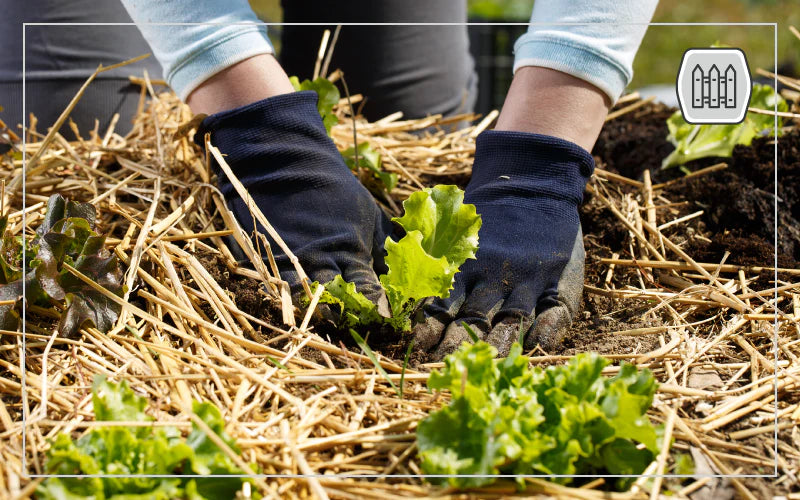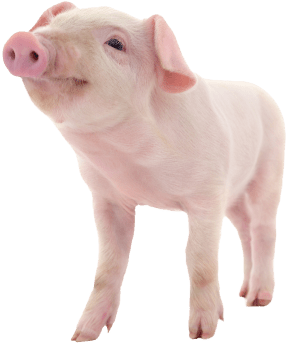
10 Best Practices for a More Sustainable Homestead
|
|
Time to read 3 min
 You are being redirected to QC Supply Pharmacy, where you’ll find a wide selection of high-quality prescription and pharmaceutical products for animals of all sizes.
Enjoy the same great service and expertise you trust from QC Supply.
Click below to continue shopping.
Continue
No thanks, stay on the main site
Powered by
You are being redirected to QC Supply Pharmacy, where you’ll find a wide selection of high-quality prescription and pharmaceutical products for animals of all sizes.
Enjoy the same great service and expertise you trust from QC Supply.
Click below to continue shopping.
Continue
No thanks, stay on the main site
Powered by


|
|
Time to read 3 min
A sustainable homestead is based on the principles of self-sufficiency and long-term resilience. There’s something fundamental about living off your land and ensuring no resource is wasted or neglected.
However, from water conservation to community engagement, sustainable homesteading requires careful planning and implementation of best practices to ensure maximum efficiency. Let’s dive into the tricks and tips for making your homestead truly sustainable.
Water is a precious resource, and using it wisely is crucial to sustainable living. One of the basics of water resourcing at your homestead is a detailed record of how much water you use for each activity. It also helps to break down the quality of water required. For example, while plants might be perfectly happy with recycled or rainwater, livestock, and people could need something a little more refined.
The master record of your water resources and consumption can help build irrigation schedules, prioritize distribution, and employ conservation practices that fit the needs of your homestead. For example:
Rainwater collection. If your region gets plenty of precipitation, install rain barrels or cisterns to collect and store rainwater for gardening and livestock watering. Rainwater can also be safe for consumption with proper treatment, such as filtration or boiling.
Mulching. Apply organic mulch, such as wood chips or straw to garden beds to retain soil moisture, suppress weeds, and reduce the need for frequent watering. You can use tree cuttings or a mixture of composted leaves and twigs to create your own mulch.
Companion planting. While often referred to as space and labor-conserving practice, companion planting can also help to reduce water usage. Complementing plants often have similar irrigation needs and create favorable conditions for each other to thrive. A great example is the corn, pea, and squash trio, with corn creating a stalk for peas to grow on and squash covering the ground.
consume means less packaging and fewer trips to the store. When packaged and stored correctly, anything from meat, eggs, and dairy to nut trees, fruiting trees, and berries makes a waste-smart contribution to any homestead.
Other practices a sustainable homestead can incorporate include:
Composting Turn kitchen scraps, garden trimmings, and livestock manure into nutrient-rich compost for soil amendment. Red wiggler worms are natural composters that can help you speed up the process and aerate the humus, making it perfect for plants.
Recycling. Separate recyclable materials such as glass, plastic, and metal for proper recycling to minimize landfill waste. You can also collaborate with your community on transporting and sorting the recycling to improve efficiency.
Sufficient rest and recovery are essential to healthy and productive soil. Rotate your crops to prevent nutrient depletion, and try to give every section of land a break once every four to five years. This way, you can ensure the longevity of your homestead and never have to sacrifice the quality of your produce. Some soil health and regeneration techniques to consider are:
No-till gardening. Avoid soil disturbance by minimizing tillage. Instead, mimic nature by adding mulch to the top layer of the soil before planting. This helps preserve soil structure and reduce erosion while maintaining beneficial organisms.
Cover cropping. Plant cover crops such as legumes or grasses during fallow periods to protect soil from erosion, suppress weeds, and add organic matter. Along with crop rotation, cover cropping helps break pest lifecycles and guarantee long-term soil health.
Perennial planting. Find perennial plants that thrive in your region and include them in your garden. Perennial plants’ roots create nutritional organic material, improve soil structure, and penetrate deeper, more dense layers.
There are numerous benefits to choosing natural pest control over chemical or mechanical alternatives. One of the key ones is cost reduction, as many natural methods are long-term and often don’t require additional investments. On top of that, non-chemical pest control helps protect the health of all homestead inhabitants, from animals and people to plants.
Great examples of natural pest control include:
Pest deterrent planting. Consider placing fragrant plants like basil, rosemary, mint, and marigolds in your garden beds. The natural smell these plants produce deters various bugs while adding aesthetic harmony to your garden. Many of these can be used as spices and tea,– both staples of a sustainable homestead.
Animal employing. Protect your homestead with some help from livestock guardian dogs and barn cats. Dogs are century-proven guardians and herders for goats, sheep, cows, and horses against wild predators like foxes, while felines can assist with rodents and birds.
Much planning and consideration goes into establishing a productive and sustainable homestead. Ultimately, you are the only one who knows the secret sauce combination of techniques and practices that serve you and your land. We are here to provide the tools and solutions for your success.
Find everything your homestead needs by browsing our complete selection of products and services.
Do you have some tips we missed? Drop a comment below. Need further assistance? Give our experts a call today at 888-433-5275.